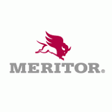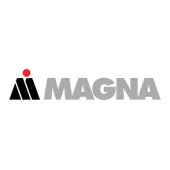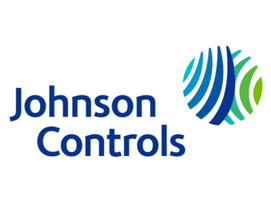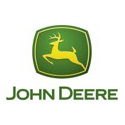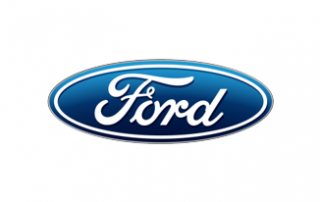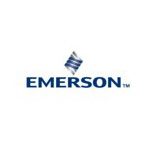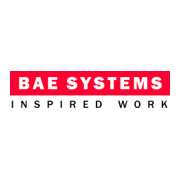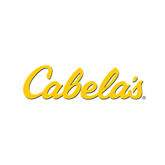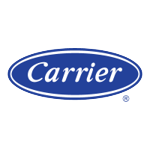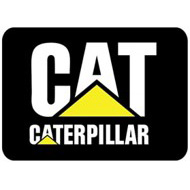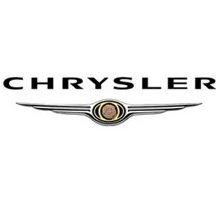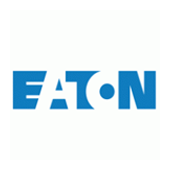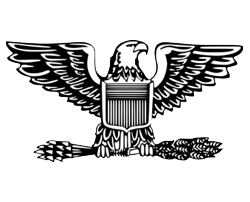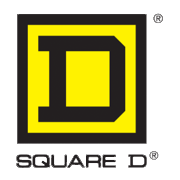CNC MACHINING
TURNING & MILLING
JCGibbons Manufacturing is proud to provide custom CNC machining services to customers from all over the U.S and Canada. All of our production takes place on our large 22,000 square foot machining shop. Our headquarters is based out of Livonia, Michigan which is directly between Ann Arbor and Detroit.
Our turning and milling capabilities allow us to manufacture quality precision CNC machined components for any industry. We specialize in both low and high volume production producing custom components for a number of industries such as automotive, defense, plumbing, aerospace, HVAC, oil and gas, electrical, alternative energy, including simple fasteners to name a few. Need a quote in 24 hours? Are you motivated to source your parts to a qualified supplier? JCGibbons MFG is responsive and can secure you pricing when you have that HOT job that needs to be sourced. We want to be your one stop shop for your CNC needs for both small parts and large parts!



